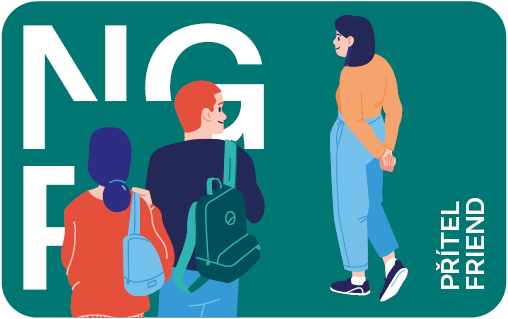Ludvík Kuba's road to becoming an artist was long and complicated. Initially, he was to become a pedagogue but his interest in folk songs took him away from the career of teacher at a village school. In 1884, he began publishing a collection of folk songs, entitled The Slavs in Their Songs, often travelling to Sorbia, the Balkans and Sub-Carpathian Ukraine for this purpose. His travelling journals, later published in book form, were accompanied by his minute drawings and watercolours. Problems with financing such an extensive work, however, forced him to make a radical change and in 1893, Kuba left for Paris with the aim of pursuing painting exclusively. The most fundamental period for Kuba was his sojourn to Munich between 1896 and 1904, where he studied in the private school of the Slovenian painter and teacher of painting, Anton Ažbe. He was also strongly influenced by his colleagues in the school – a group of Russian artists headed by Wassily Kandinsky and Alexej von Jawlensky.
Kuba began more intensely employing the technique of oil painting also outside the school studio only after 1900. The model for one of his first paintings was his wife Olga. From 1904, Kuba and his family lived in Vienna. He created there a series of intimate scenes in which he fully developed his impressionist morphology. Kuba would regularly spend the summer months in Březnice near Příbram at his wife's parents. The garden of their little house inspired him for yet another series of canvases inspired by Impressionism and Art Nouveau.
He returned to the Czech lands for good as late as in 1911. During the 1920s, Kuba travelled widely again to collect songs and simultaneously employed his brush in the series The Slavs in Pictures. In 1929, Kuba succeeded in finishing publishing the collection of Slavic songs and he again buried himself in painting. He created a vast collection of still-lifes and views into gardens during the 1930s and 1940s. His series of more than forty self-portraits is also exceptional.
Despite suffering from serious health problems and being of advanced years, Kuba painted to the very end of his life. He died in Prague in 1956 in the age of 93. His last monograph exhibition was held by the National Gallery in 1968. The current exhibition displays a cross-section of his oeuvre, presenting works executed from the late 19th century to the 1950s, including some paintings and drawings from private collections which have never till now been publicly exhibited.




